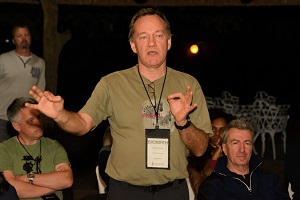Foreword to BIOMATH 2017 Proceedings: Some comments on mathematical modelling and biomathematics.
DOI:
https://doi.org/10.11145/texts.2018.06.107Abstract
Both biology and mathematics have existed as well established branches of science for hundreds of years and both, maybe not in a well defined way, have been with the humankind for a couple of thousands of years.В Though natureВ was studied by the ancient civilizations of Mesopotamia, Egypt, the Indian subcontinent and China, the origins of modern biology are typically traced back to the ancient Greece, where Aristotle (384-322 BC) contributed most extensively to its development. Similarly,В theВ ancient Babylonians were able to solve quadratic equation over four millennia ago and we can see the development of mathematical methods in all ancient civilisations, notably in China and on the Indian subcontinent. However, possibly again the Greeks were the first who studied mathematics for its own sake, as a collection of abstract objects and relations between them.В Nevertheless, despite the fact that the developmentВ of such a mathematics has not required any external stimuli, an amazing feature of the human mind is that a large number of abstract mathematical constructs has proved to be very well suited for describing natural phenomena.This prompted Eugene Wigner to write his famous article The Unreasonable Effectiveness of Mathematics in the Natural Sciences,В ...Downloads
Published
2018-07-23
Issue
Section
Editorial
License
This books series is distributed under the terms of the Creative Commons Attribution License (CCВ BY 4.0), which permits unrestricted use, distribution, and reproduction in any medium, provided the original author and source
are credited.



